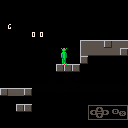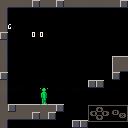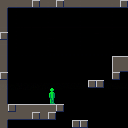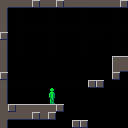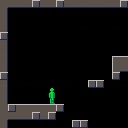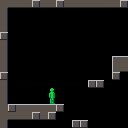And you thought the ArduBoy sounded neat.
https://www.adafruit.com/product/4200
They're working on porting NES emulation, and it comes with CircuitPython, so maybe a pico8 implementation wouldn't be out of the question.
That said, I might just pick one up and get busy. Who needs only 128 horizontal resolution and a static color palette?
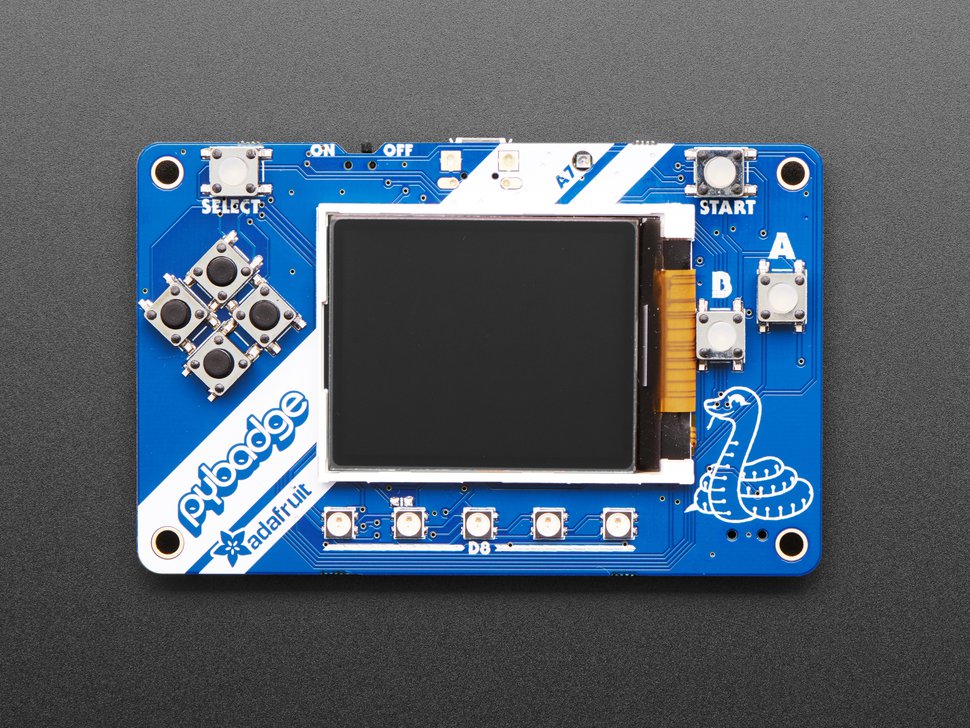
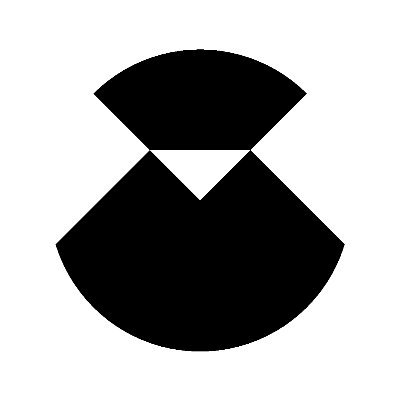


While I continue my hiatus from working on silly-detailed platforming, I thought I'd workshop camera scrolling. I enjoy adventurey things, and using the camera to "hide" areas and enhance transitions has always felt good to me.
I could just use map flags and get per-tile camera control, though that might be more detailed map work than I want to do. (every boundary might need two lines of camera tiles: [main area]<->[reset]<->[show]<->[secret area] )
A little less involved would be minimap-scale flagging, which could be stored as an array, or just as pixels in an unused area of the sprite/map memory. (pixel per "screen", flagged for camera "edges" "corners" and "secrets") Tracking it this way might also be handy for music switching, atmospheric effect triggers, etc.
Now that I compare the two above techniques, per-tile flags might be nice to avoid getting stuck with screen resolution for secret area boundaries. Plus with a minimap scale, you're essentially adding a second fuzzy layer of tile-detection on top of any map tile checking already happening for collision and such.
Got things mostly working. (but still borked on right walls and cornes) Placeholder camera implemented, want to add dead zone and false boundaries to it eventually.
Taking an official break of sorts while I contemplate robust collision (and probably slopes) offline. I've made some progress on the theme/flavor, but I'm still keeping that to myself while I hammer on the basics.
Strange, editing the post I got the bbs to eat all my previous version. Broken tags below.


In my opinion, pico-8's musical notes don't go nearly low enough.
In addition, its UI assigns numerical values to notes' octaves which are off by 2. (A middle C in reality lies at the bottom of octave 4. In pico-8, its octave is labeled as 2)
Personally, I would love pico-8 to at least cover the range of a traditional 4-string bass guitar, down to e1. (in the 1.8 UI that note would be labeled as octave -1) Even better would be getting all the way to octave 0.
(also, I'm aware I can put a track in "slow" mode.)








 9 comments
9 comments

